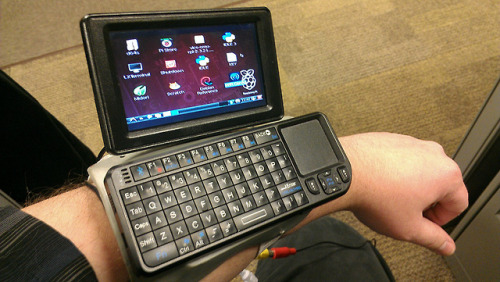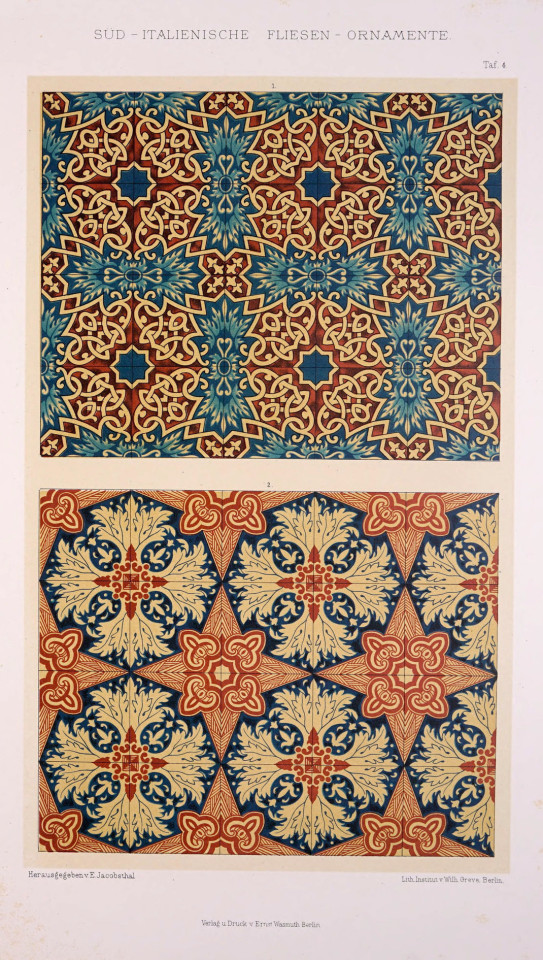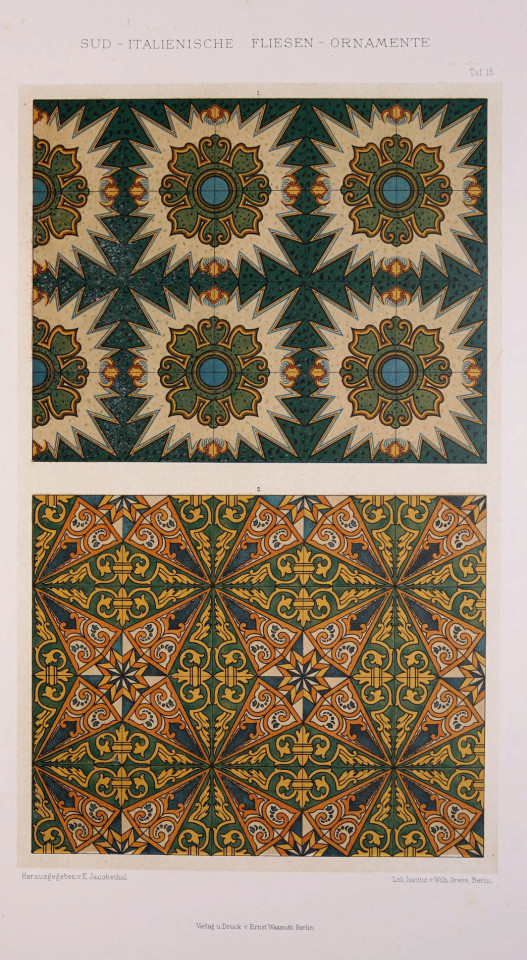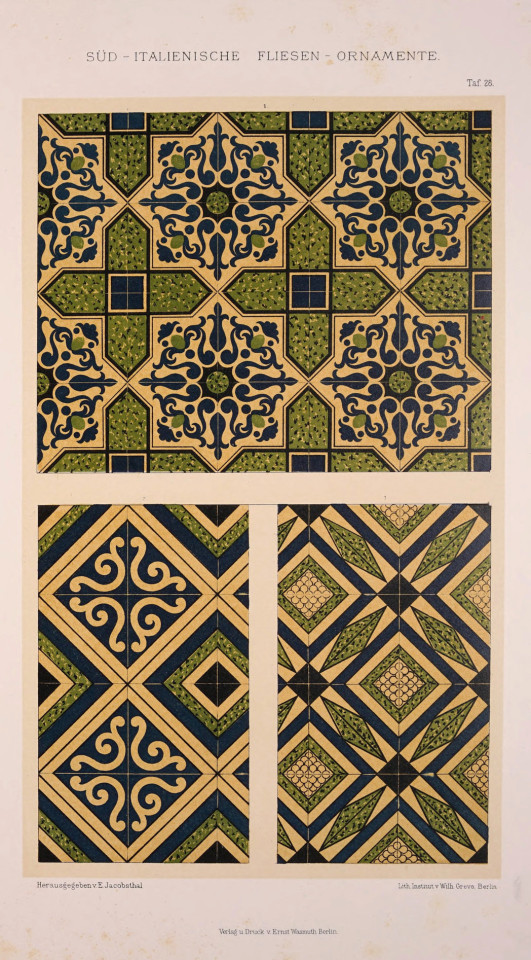Stop Perpetuating The Idea That Avoiding Eye Contact = Lying. Some Of Us Are Just Autistic And Shouldn't
Stop perpetuating the idea that avoiding eye contact = lying. Some of us are just autistic and shouldn't have to force ourselves to make eye contact just to avoid being called liars.
Same goes for fidgeting. It doesn't necessarily mean someone's lying or nervous. It could just be the result of neurodivergence.
More Posts from Forward-lang-blog and Others
If you're ever asking an autistic person to do something, be sure to explain why you want them to do it.
When I was a kid, I always kept the windows open when it rained. I saw no reason to close them even though my mom kept asking me to. She never gave a reason, so I never listened. She'd say it let the rain in and I'd think "no shit" and continue to keep them open. Eventually, she explained that it could cause mold. That made sense to me, so I started closing the windows. Simple as that.
When we first got cats, they kept jumping onto the counters. Once again, I saw no issue with this. My mom kept chasing them down and I couldn't figure out why. She'd get annoyed whenever I let them stay up there. Once she told me that it was unsanitary, I thought that made sense so I stopped letting them stay on the counter.
To an outsider (and probably to my mom at the time) it may have seemed like I didn't understand the instructions or was being intentionally difficult. But I can't just follow an order without a reason. I must decide for myself if the order makes sense before I follow it, and I need the logic behind it to do that.
So if you're asking an autistic person to do something, explain why it needs to be done. It's very hard for a lot of us to override that part of our brains.
Summary:
online trainings on how to use NASA Earth science data, regarding:
air quality,
climate,
disaster,
health,
land,
water resources and
wildfire management.
Everyone (Even You!) Can Use Satellite Data
At NASA we’re pretty great at putting satellites and science instruments into orbit around Earth. But it turns out we’re also pretty great at showing people how to get and use all that data.
One of the top ways you can learn how to use NASA data is our ARSET program. ARSET is our Applied Remote Sensing Training program and it helps people build skills that integrate all these Earth science data into their decision making.

ARSET will train you on how to use data from a variety of Earth-observing satellites and instruments aboard the International Space Station.
Once you take a training, you’ll be in GREAT company because thousands of people have taken an ARSET training.

We hold in person and online trainings to people around the world, showing them how to use NASA Earth science data. Trainings are offered in air quality, climate, disaster, health, land, water resources and wildfire management.
For example, if you’re trying to track how much fresh drinking water there is in your watershed, you can take an ARSET training and learn how to find satellite data on how much precipitation has fallen over a certain time period or even things like the ‘moistness’ of soil and the quality of the water.

Best yet, all NASA Earth observing data is open and freely available to the whole world! That’s likely one of the reasons we’ve had participants from 172 of the approximately 190 countries on Earth.

Since its beginning 10 years ago, ARSET has trained more than 30 thousand people all over the world. They’ve also worked with people from more than 7,500 different organizations and that includes government agencies, non-profit groups, advocacy organizations, private industry.
And even though 2019 is ARSET’s 10th birthday – we’ve only just begun. Every year about 60% of the organizations and agencies we train are new to the program. We’re training just about anyone who is anyone doing Earth science on Earth!
Join us, learn more about how we train people to use Earth observing data here, and heck, you can even take a training yourself: https://arset.gsfc.nasa.gov/.
Make sure to follow us on Tumblr for your regular dose of space: http://nasa.tumblr.com









At the lab this week I made some printed circuit boards with my new collaborator Jonathan Bobrow. I also learned to solder some super small components to a board.


Finished one of my Altoids-friendly Arduino Menta’s from Adafruit

Wearable Raspberry Pi by Jason Benson on flickr, who is clearly living in 3018

fractals!! :D or at least patterns :P







Johann Eduard Jacobsthal, “Süd-italienische Fliesen-Ornamente”, South italian tile ornaments, 1886. Chromolithography. Published by Ernst Wasmuth, Tübingen, Germany. Source: archive.org. Via frizzifrizzi

Adafruit / Beagle Bone Black / Proto Plate / 2013

Scan Select Attack Packet Monitor Clock
-
 one-in-a-maxi-million reblogged this · 4 months ago
one-in-a-maxi-million reblogged this · 4 months ago -
 numericalvalue liked this · 7 months ago
numericalvalue liked this · 7 months ago -
 vicugnapacos reblogged this · 7 months ago
vicugnapacos reblogged this · 7 months ago -
 vicugnapacos liked this · 7 months ago
vicugnapacos liked this · 7 months ago -
 queercapybaraii reblogged this · 7 months ago
queercapybaraii reblogged this · 7 months ago -
 queercapybaraii liked this · 7 months ago
queercapybaraii liked this · 7 months ago -
 slither-wings liked this · 7 months ago
slither-wings liked this · 7 months ago -
 keeper-of-keys reblogged this · 7 months ago
keeper-of-keys reblogged this · 7 months ago -
 keeper-of-keys liked this · 7 months ago
keeper-of-keys liked this · 7 months ago -
 cats-dragons reblogged this · 7 months ago
cats-dragons reblogged this · 7 months ago -
 cats-dragons liked this · 7 months ago
cats-dragons liked this · 7 months ago -
 possibly-god reblogged this · 7 months ago
possibly-god reblogged this · 7 months ago -
 razzjamjar reblogged this · 7 months ago
razzjamjar reblogged this · 7 months ago -
 razzjamjar liked this · 7 months ago
razzjamjar liked this · 7 months ago -
 sugarpiedumpling reblogged this · 7 months ago
sugarpiedumpling reblogged this · 7 months ago -
 a-kyber-star reblogged this · 7 months ago
a-kyber-star reblogged this · 7 months ago -
 mxihi liked this · 7 months ago
mxihi liked this · 7 months ago -
 asetyoubet liked this · 7 months ago
asetyoubet liked this · 7 months ago -
 generalherasyndulla reblogged this · 7 months ago
generalherasyndulla reblogged this · 7 months ago -
 generalherasyndulla liked this · 7 months ago
generalherasyndulla liked this · 7 months ago -
 strawberrypuckle reblogged this · 7 months ago
strawberrypuckle reblogged this · 7 months ago -
 strawberrypuckle liked this · 7 months ago
strawberrypuckle liked this · 7 months ago -
 k-ru-h reblogged this · 7 months ago
k-ru-h reblogged this · 7 months ago -
 k-ru-h liked this · 7 months ago
k-ru-h liked this · 7 months ago -
 odpadzostravy liked this · 7 months ago
odpadzostravy liked this · 7 months ago -
 error-core-animations liked this · 7 months ago
error-core-animations liked this · 7 months ago -
 lilyamie liked this · 7 months ago
lilyamie liked this · 7 months ago -
 celiaelise liked this · 7 months ago
celiaelise liked this · 7 months ago -
 tiltingheartand liked this · 7 months ago
tiltingheartand liked this · 7 months ago -
 countingsunflowerpetals reblogged this · 7 months ago
countingsunflowerpetals reblogged this · 7 months ago -
 countingsunflowerpetals liked this · 7 months ago
countingsunflowerpetals liked this · 7 months ago -
 pinkautist reblogged this · 7 months ago
pinkautist reblogged this · 7 months ago -
 koc148 liked this · 7 months ago
koc148 liked this · 7 months ago -
 optimisticgalaxynightmare reblogged this · 7 months ago
optimisticgalaxynightmare reblogged this · 7 months ago -
 moss-and-crows reblogged this · 7 months ago
moss-and-crows reblogged this · 7 months ago -
 moss-and-crows liked this · 7 months ago
moss-and-crows liked this · 7 months ago -
 shrieksofexcitement reblogged this · 7 months ago
shrieksofexcitement reblogged this · 7 months ago -
 perhapsatree reblogged this · 7 months ago
perhapsatree reblogged this · 7 months ago -
 perhapsatree liked this · 7 months ago
perhapsatree liked this · 7 months ago -
 frootcentral reblogged this · 7 months ago
frootcentral reblogged this · 7 months ago -
 ahotpeaceofshit reblogged this · 7 months ago
ahotpeaceofshit reblogged this · 7 months ago -
 ahotpeaceofshit liked this · 7 months ago
ahotpeaceofshit liked this · 7 months ago -
 sweet-onion-enthusiast liked this · 7 months ago
sweet-onion-enthusiast liked this · 7 months ago -
 theinnermeyoullneverknow reblogged this · 7 months ago
theinnermeyoullneverknow reblogged this · 7 months ago -
 kapulula reblogged this · 7 months ago
kapulula reblogged this · 7 months ago -
 reversetimelord reblogged this · 7 months ago
reversetimelord reblogged this · 7 months ago -
 reversetimelord reblogged this · 7 months ago
reversetimelord reblogged this · 7 months ago -
 deviant-writes reblogged this · 7 months ago
deviant-writes reblogged this · 7 months ago -
 caitas-cooing reblogged this · 7 months ago
caitas-cooing reblogged this · 7 months ago

28 posts